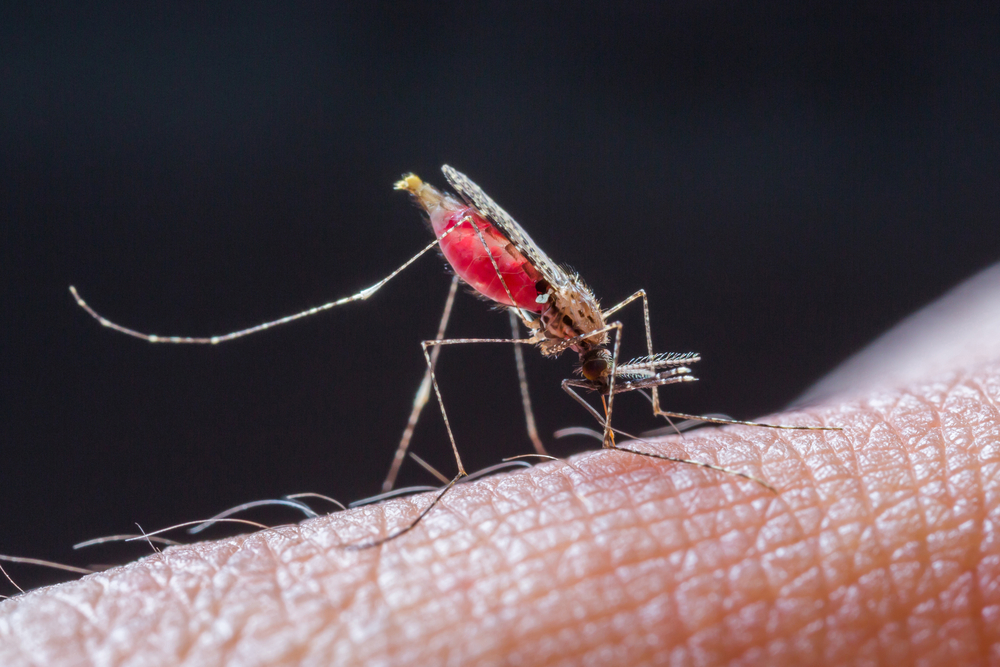Anti-Malaria Drugs May Offer Protection Against Parkinson’s Disease
Written by |

In a new study entitled “Nuclear receptor Nurr1 agonists enhance its dual functions and improve behavioral deficits in an animal model of Parkinson’s disease” an international team of scientists discovered that anti-malaria drugs chloroquine and amodiaquine are potential therapeutics for Parkinson’s disease. The study was published in the journal Proceedings of the National Academy of Sciences.
A group of scientists at Singapore’s Nanyang Technological University (NTU Singapore), McLean Hospital and Harvard Medical School, hypothesized that the nuclear receptor Nurr1 is a potential therapeutic target for Parkinson’s disease (PD). This is based on results that show that while PD is characterized by a blockade of dopamine neurons, leading to a progressive loss of motor control, when Nurr1 is activated in rats with PD, disease progression is impaired.
In this study, the team screened 1,000 FDA-approved drugs to find those that could potentially work as Nurr1 agonists (i.e., a substance that binds to a receptor, in this case Nurr1, activating it to initiate a biological response). Researchers identified two anti-malaria drugs – Chloroquine and Amodiaquine – as capable of activating Nurr1.
Professor Yoon Ho Sup from NTU’s School of Biological Sciences and an expert in drug discovery and design commented, “Our discovery brings hope for the millions of people suffering from Parkinson’s disease, as the drugs that we have found to have worked in the laboratory tests have already been used to treat malaria in patients for decades. Our research also shows that existing drugs can be repurposed to treat other diseases and once several potential drugs are found, we can redesign them to be more effective in combating their targeted diseases while reducing the side effects.”
Current therapeutics for PD rely on medication or even surgery for deep brain stimulation with electric currents to increase dopamine levels in PD patients’. Professor Kwang-Soo Kim, a leading expert in Parkinson’s disease noted, “However, these pharmacological and surgical treatments address the patient’s symptoms, such as to improve mobility functions in the early stages of the disease, but the treatments cannot slow down or stop the disease process. Backed by various lines of scientific evidence, Nurr1 is known to be a potential drug target to treat Parkinson’s. Despite great efforts from pharmaceutical companies and academia, no one has managed to find a molecule which can directly bind to it and activate it, except for us.”
The team is now focused to enhance both chloroquine and amodiaquine therapeutic activity for PD, eventually testing these drugs in future clinical trials for PD.





